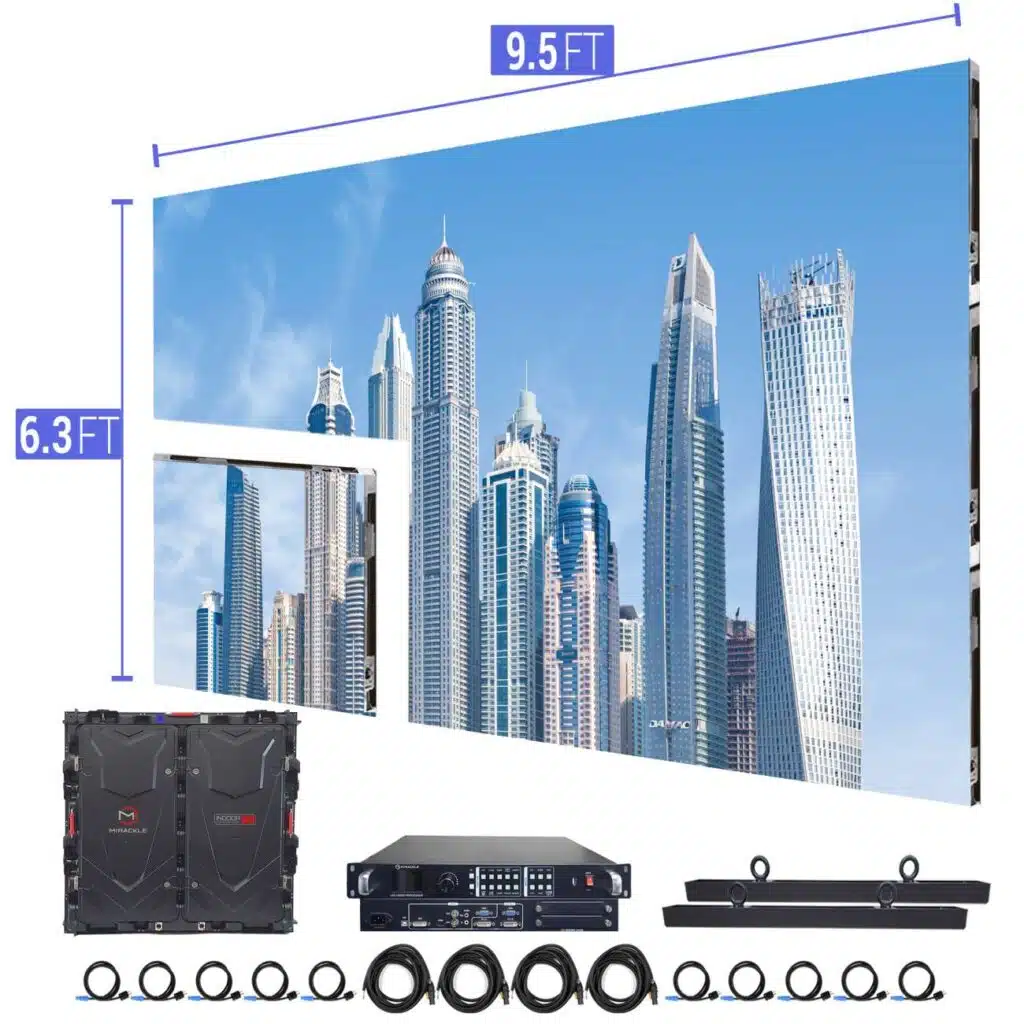Enhancing Aesthetic Impact Via Tactical Material Scheduling for LED Wall Execution
Wiki Article
Maximizing aesthetic impact throughout LED wall performances demands careful preparation and strategic visual timing. LED walls are powerful tools in graphic storytelling, frequently utilized during concerts, gatherings, and displays. The efficacy of these screens relies not only on the caliber of the images yet additionally on how and when they are presented. By comprehending the viewers' focus duration and the flow of the occasion, organizers can create a more engaging experience that captivates viewers plus improves the overall performance.
One key aspect of strategic content scheduling is timing. It is essential to align the visuals with the beat and tempo of the show. For example, in the course of a music show, visuals should complement the beat and mood of the music. This synchronization aids to forge a unified encounter that pulls the viewers in. Additionally, it is important to consider the duration of each visual clip. Brief, striking segments can maintain audience interest, while longer visuals may be suitable for moments of reflection or emotional bonding. By altering the duration and intensity of the visuals, organizers can keep the viewers interested during the performance.

Another crucial factor is the content itself. The images displayed on the light-emitting diode wall should be relevant to the theme of the show. This pertinence aids to strengthen the message being conveyed and makes the encounter more unforgettable for the viewers. For instance, if the performance is about environmental consciousness, using images that illustrate the environment and animals can enhance the message. Furthermore, incorporating dynamic elements, such as animations or engaging visuals, can introduce thrill and keep the audience's attention. The appropriate material, presented at the appropriate time, can significantly enhance the effect of the performance.
Audience engagement is also a crucial factor in visual scheduling. Understanding the demographics and preferences of the audience can guide the selection of visuals. For example, a younger audience may react better to bright colors and quick animations, while an older audience might appreciate more subtle and sophisticated visuals. By tailoring the content helpful site to the audience's interests, organizers can create a more personalized experience that resonates with spectators. Additionally, adding viewer involvement, such as real-time surveys or media engagements, can additionally improve involvement and render the performance more interactive.
Finally, evaluating the effectiveness of the visual scheduling is crucial for upcoming shows. Gathering feedback from the audience can provide valuable insights into what worked well and what could be enhanced. This data can assist event planners improve their approaches and take knowledgeable decisions for upcoming events. By continuously assessing and modifying the visual timing strategy, event planners can amplify the visual impact of LED wall performances plus craft memorable encounters for their viewers.